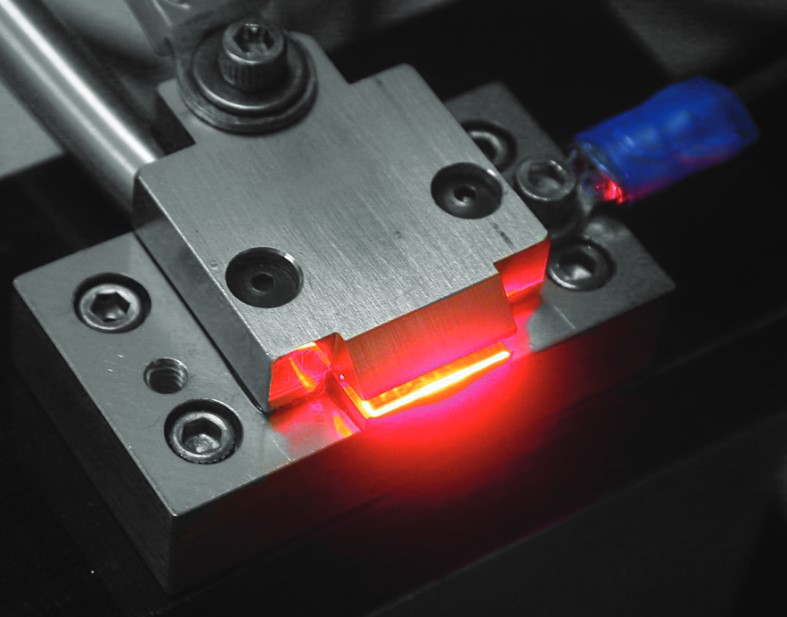
Overview:
This white paper explores recent advancements in high-power laser diodes and their applications in various fields, including dentistry, photodynamic therapy, custom laser solutions, and space-qualified laser diode development. It discusses the characteristics and benefits of high-power laser diodes, examines their applications in dentistry, photodynamic therapy, and space exploration, and highlights RPMC Lasers’ role in providing tailored laser solutions for different industries.

Introduction:
Laser diodes have revolutionized various industries by offering compact, efficient, and powerful light sources. This paper focuses on high-power laser diodes and their applications in dentistry, photodynamic therapy, and space exploration. It also emphasizes the importance of customized laser solutions to meet specific industrial needs.
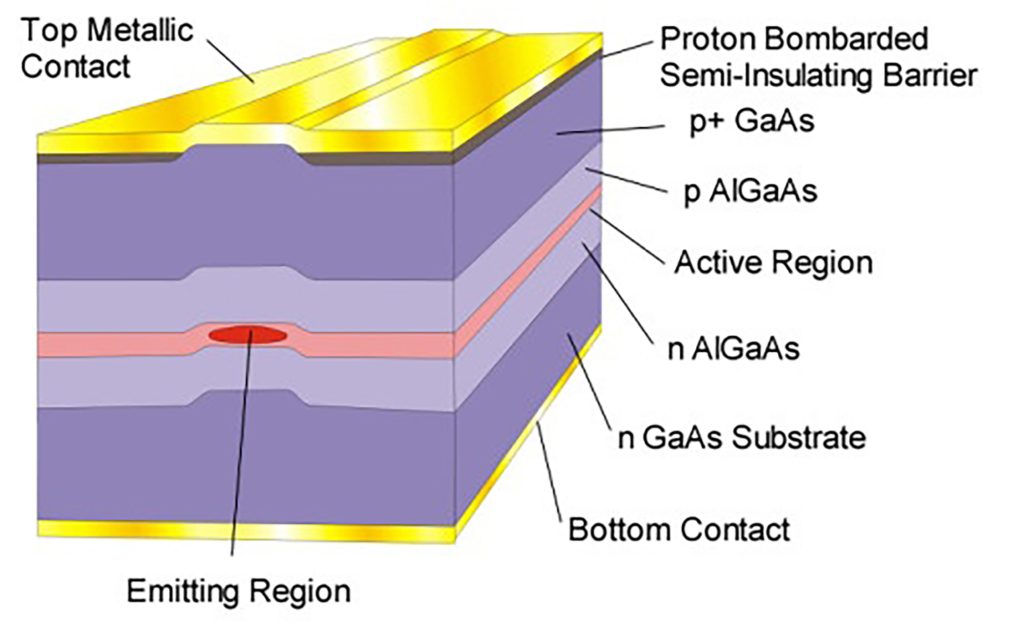
High-Power Laser Diodes:
High-power laser diodes are semiconductor devices capable of producing intense light beams. They offer advantages such as compact size, high efficiency, reliability, and higher power output compared to single-mode laser diodes. The output power varies based on the required wavelength. Laser diodes are available in a wide range of wavelengths, from ultraviolet (UV) at approximately 370nm to mid-infrared (IR) wavelengths exceeding 2um. High-power laser diodes can achieve output powers of several watts in certain wavelengths, while in others, they may deliver power in the range of hundreds of milliwatts.
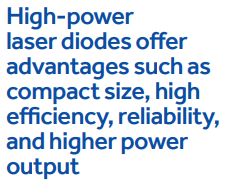
Applications for High-Power Laser Diodes
Crown Troughing in Dentistry
The technique of laser diode crown troughing offers numerous benefits, including improved efficiency, reduced bleeding, and enhanced patient comfort. Dental professionals can achieve precise and minimally invasive procedures by employing laser diodes with specific wavelength and power output. Near-infrared fiber-coupled diode lasers with a wavelength around 800nm are commonly used for crown troughing procedures. During crown troughing, a fiber with a typical core diameter of 400 microns is directed at the interface between the tooth and soft tissue, prompting the tissue to retract from the tooth.
Careful selection of laser power is crucial to ensure sufficient energy for tissue retraction without causing tissue burn. Most crown troughing lasers are designed for continuous wave (CW) operation within the range of 600 mW to 800 mW or pulsed operation within the power range of 1.2W to 1.6W. Your laser diode supplier should collaborate with you to find the right solution for your application.
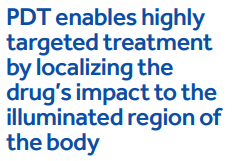
Photodynamic Therapy
Photodynamic therapy (PDT) relies on light-activated photosensitizing agents to treat various medical conditions. It offers a comparable alternative to surgery or radiation in treating specific cancers, with advantages such as avoiding invasive surgical procedures and long-term radiation side effects. PDT enables highly targeted treatment by localizing the drug’s impact to the illuminated region of the body, as depicted in the figure below. While primarily effective for dermal and subdermal tumors due to light penetration, PDT has also demonstrated successful application in endoscopic procedures.
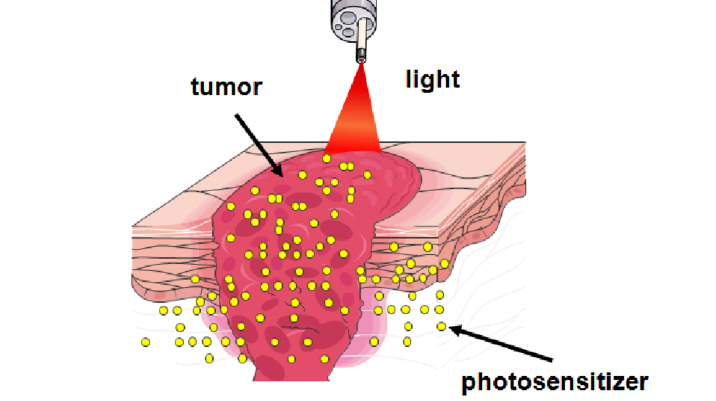
High-power red laser diodes, such as the LDX Optronics range distributed by RPMC Lasers, are ideal for PDT due to their ability to deliver the specific wavelengths required for activating photosensitizers. These diodes offer high power output, excellent beam quality, and spectral purity, making them effective tools in medical applications.
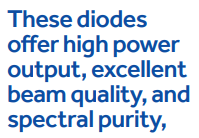
Space Exploration
Space exploration demands laser diodes that can withstand extreme conditions and deliver consistent performance. These diodes undergo rigorous testing to ensure they can withstand factors like tempera

 SHIPS TODAY
SHIPS TODAY 